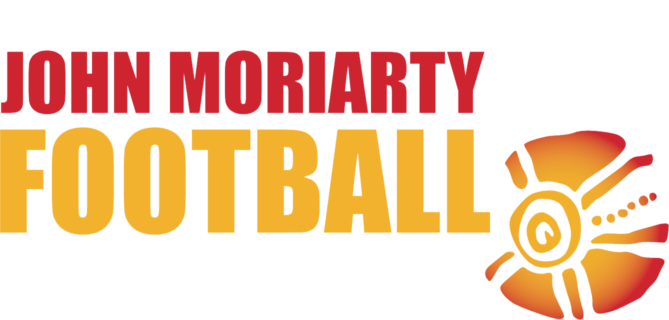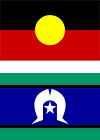Many of Australia’s most outstanding athletes are earning less than the minimum wage, a new report has found.
The report, by Australia’s leading industrial relations and sports expert, Associate Prof. Braham Dabscheck, shows that the financial rewards offered to elite sportspeople are lagging behind pay increases in the general community and in overseas sports.
“In comparison with major professional sports in the United States, Europe and Japan, Australia’s elite athletes receive a very low share of the revenues generated by their sports,” Assoc. Prof Dabscheck said.
“Players of team sports receive between 18 per cent to 29 per cent and swimmers 8 per cent to 11 per cent of the revenues of their respective sports.
“This is in stark contrast to comparable sports in the United States, which shares on average 58 per cent of revenues with the players. The players’ share in European soccer is even higher.”
The report, commissioned by the Australian Athletes’ Alliance, shows elite netballers receive less than the minimum wage under the Fair Work Act, while payment to Australia’s world-beating swimmers have actually fallen in recent years.
It comes days after former Essendon player Marcus Marigliani revealed he was earning around $120,000 to $130,000 a year as a carpenter playing local football, compared to $35,000 a year on the Bombers’ rookie list.
The report also revealed:
• AFL players’ share of income, despite the economic strength and success of the code, has been in steady decline, from 27.5 per cent in 2001 to 20.8 per cent this year;
• Increases to the salary cap in the National Rugby League have also been less than the annual 4 per cent increase in wages experienced by Australian workers;
• Full-time players in Rugby League, outside the first tier roster of 25, receive incomes less than the Australian adult minimum wage; and
• Netballers, who are employed on a seven month contract, have minimum payments less than the adult minimum wage, as do most swimmers and, indeed, many women athletes in a number of sports.
Newly appointed General Manager of the Australian Swimmers’ Association Daniel Kowalski, said as a former elite athlete he could vouch for the financial hardship experienced by swimmers and professional athletes in general.
“There’s a misconception that if you are a successfully competing in the international spotlight, that you are well-off financially,” Kowalski said.
“In fact, the opposite is true. Outside of a select few household names, many elite athletes struggle to even put a meal on the table.
“I remember teammates who couldn’t do the basic things – having a team dinner or just going to the movies on a whim – because they simply couldn’t afford it.”
AAA General Secretary Brendan Schwab said Dabscheck’s report was timely and raised some profound challenges for Australia’s professional sports, their players’ associations and the Australian Government.
“In the modern professional environment, it is clearly untenable to have a situation where sports are unable to provide some of our nation’s best athletes with even a working wage,” Schwab said.
“This report clearly demonstrates that, whatever financial woes have been, are being or will be experienced by Australian sports, they are not caused by players being paid too much.
“Sport is a big business in Australia and the beneficiary of substantial government funding. It needs to better balance its interests with an athletic career path that is, for most, full-time and highly demanding yet short-term and precarious.
“The AAA and its members will be reviewing our bargaining strategies in response to this report. There may be a real need for players to have the protection of the formal industrial relations system.
“The AAA will also develop a formal policy to submit to the Australian government on the funding of elite sport.
The AAA is the peak body of Australia’s elite athletes’ associations. Representing over 3,000 athletes, the membership of the AAA comprises the Australian Cricketers’ Association, the AFL Players’ Association, the Australian Jockeys’ Association, the Australian Netball Players’ Association, the Australian Swimmers’ Association, Professional Footballers Australia, the Rugby League Players’ Association and the Rugby Union Players’ Association.
For details , Click here
Click here







